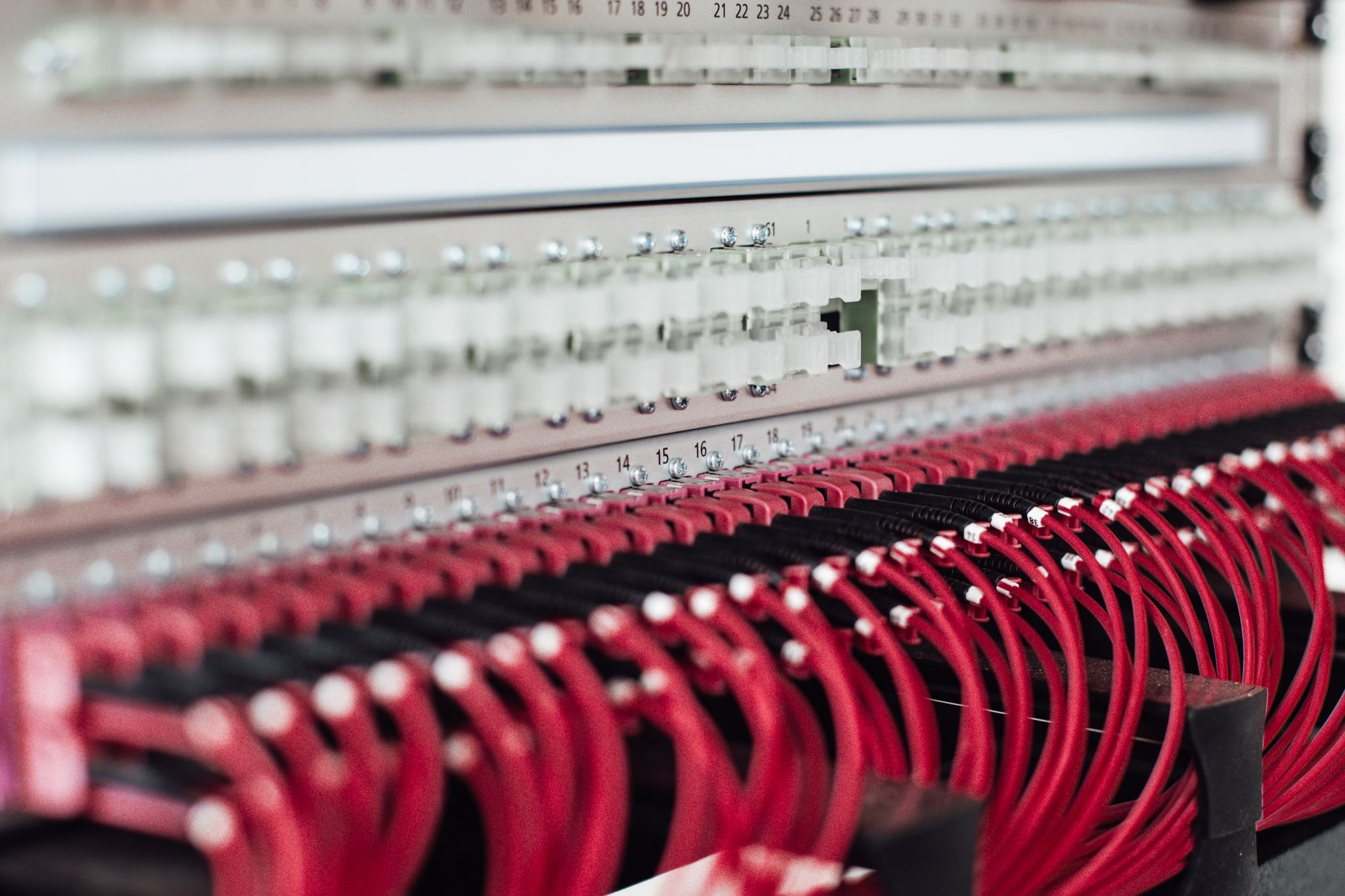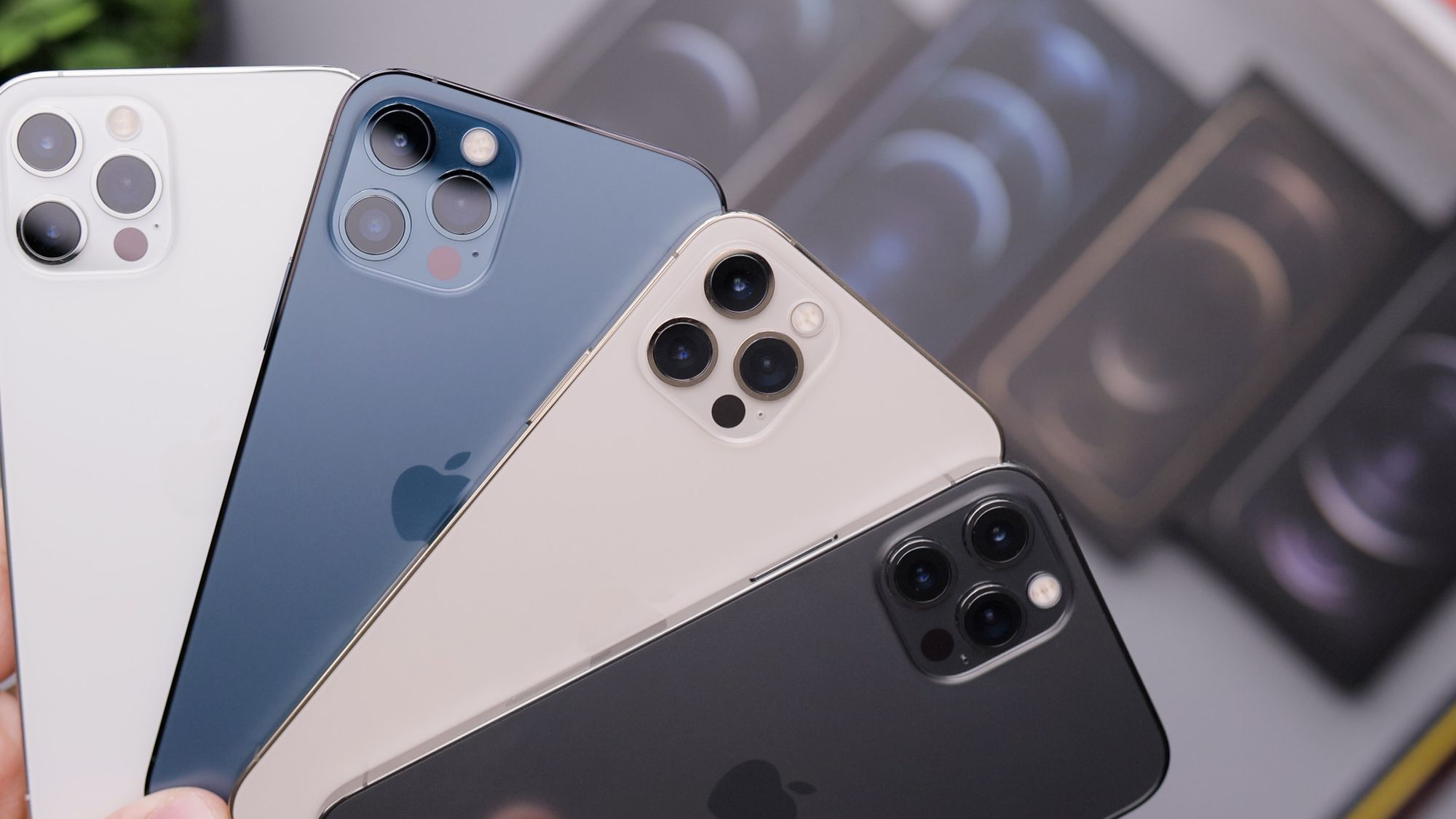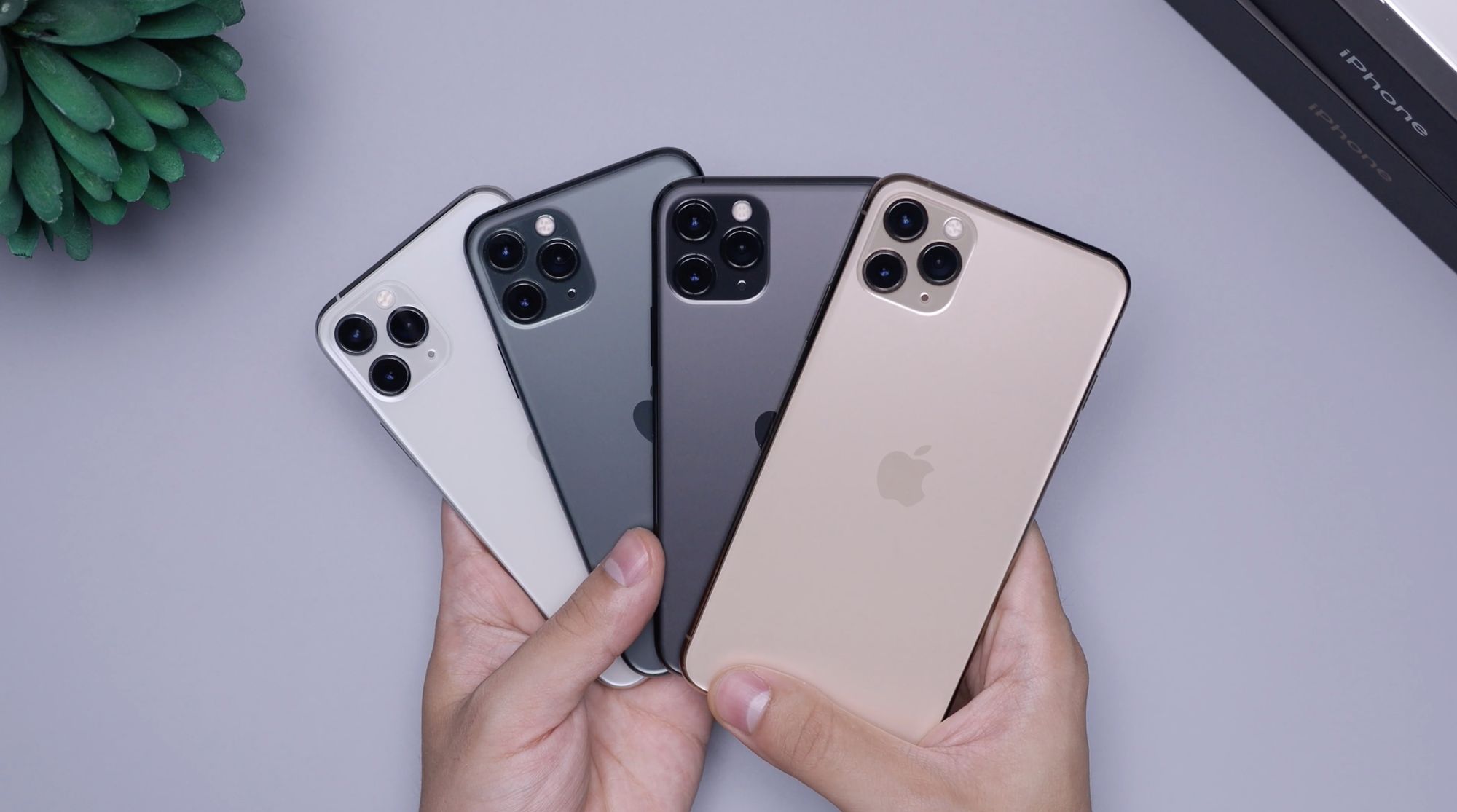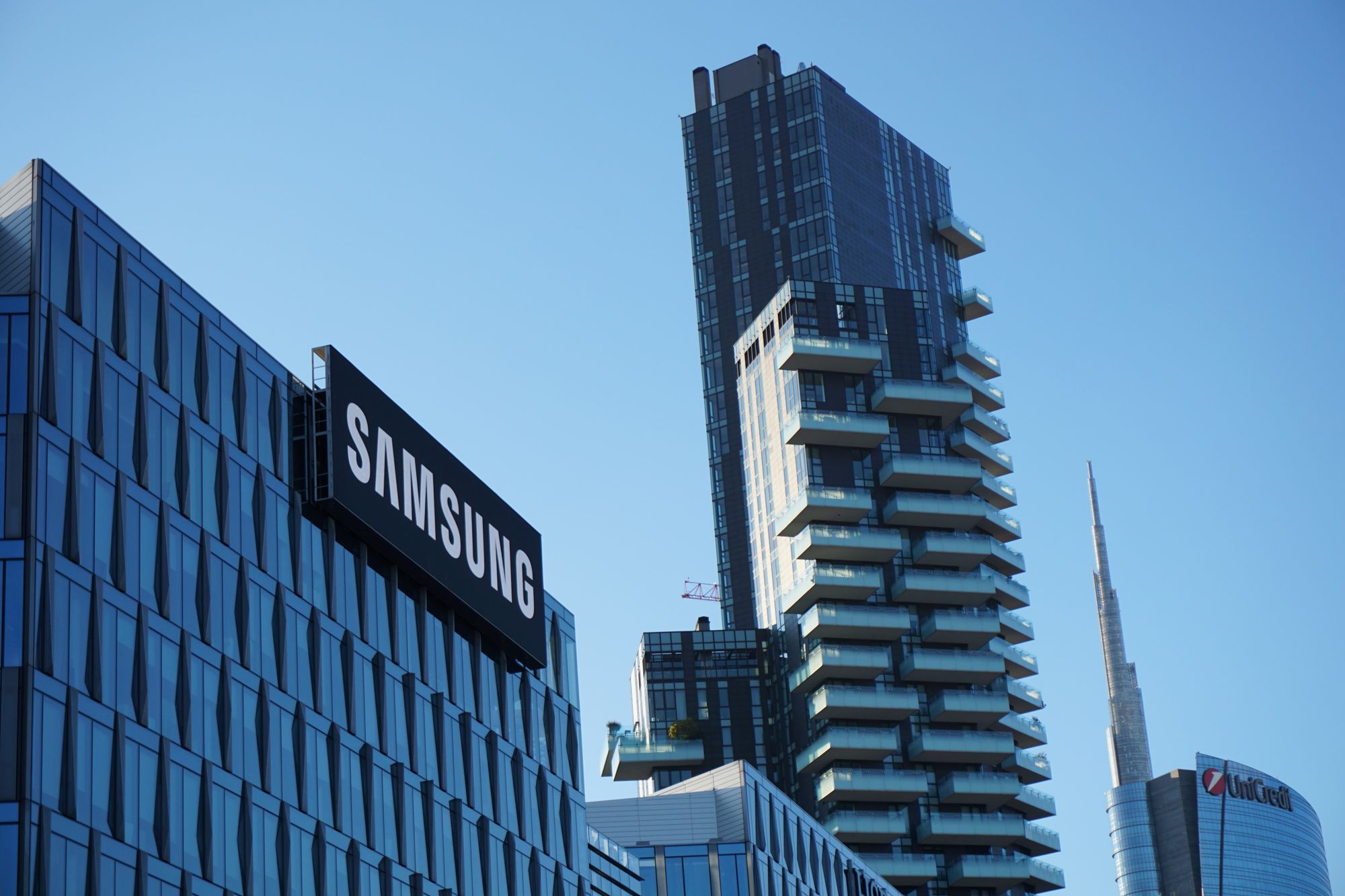Why Allowing Electronics Throughout Flight Will Be A Long, Slow Process
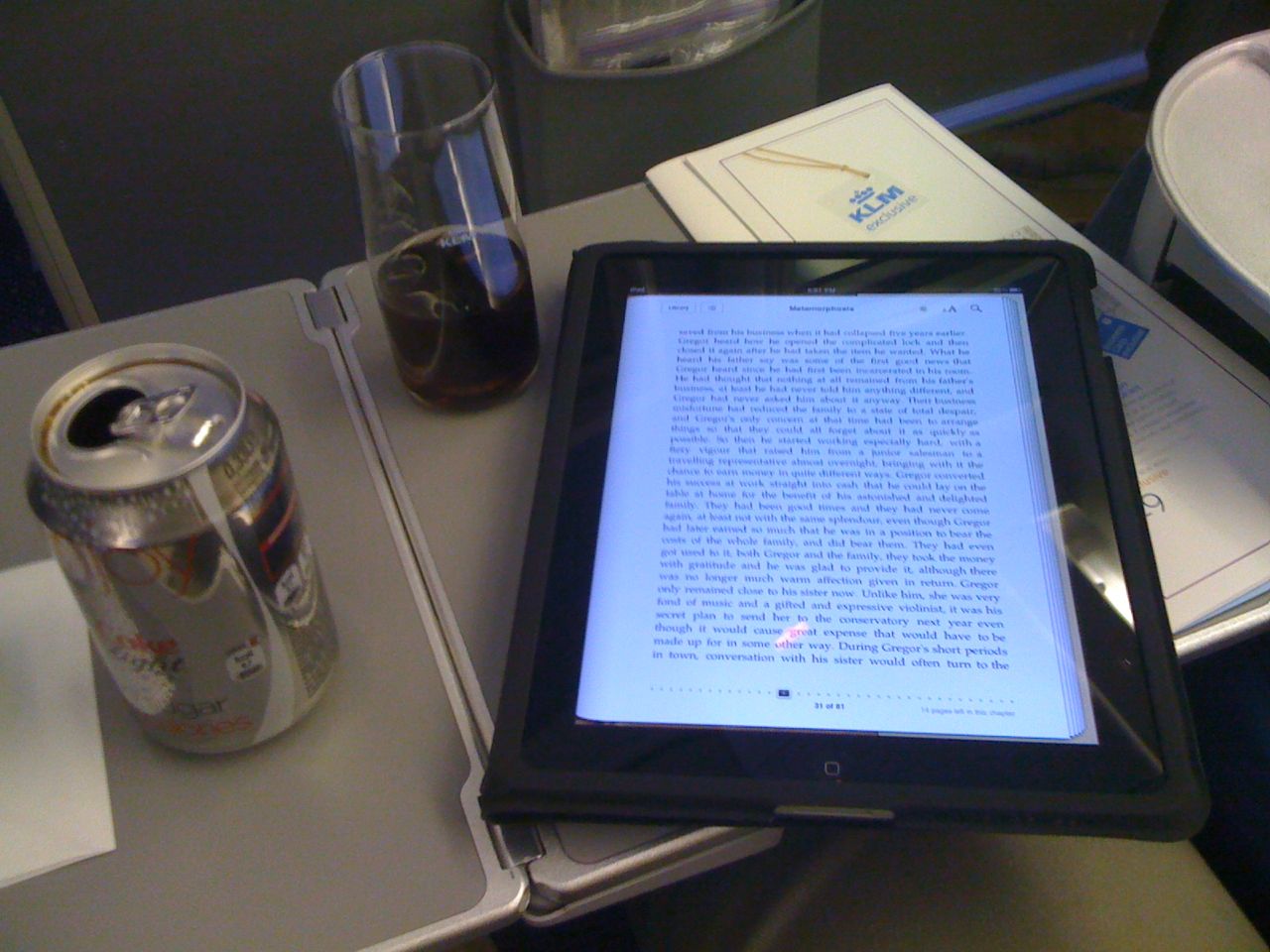
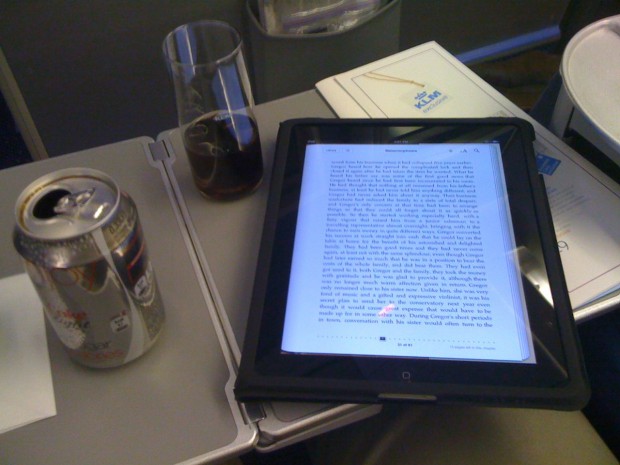
Last week, the Wall Street Journal reported that the Federal Aviation Administration was moving to relax restrictions banning passengers from using phones, tablets, and other electronics at the beginning and end of flights. However, the WSJ was quick to warn us (paywall) to expect delays. It will be many months before the rules begin to change, and even then not all devices will be allowed on all planes.
In the early ’60s, the FDA denied approval for thalidomide, a drug designed to treat morning sickness in pregnant women, thus sparing the US from the severe thalidomide-induced birth defects that plagues Europe. This won a lot of praise for the FDA, as well as for Dr. Frances Kelsey, whose suspicions kept the drug off the US market. The non-approval also strengthened the belief of regulatory agencies that inaction is the safest bet for bureaucrats who live in fear of political fallout in the event that the decision goes bad.
This bias toward inaction and caution is exactly why the FAA will not spend the next year testing every conceivable device in every type of commercial aircraft before concluding that the use of electronics is safe in all phases of flight. They will continue to ban the use of cellular radios during takeoff and landing—after all, you don’t want to take any chances during these critical flight stages.
We know the use of these devices is safe because people do it all the time. Airplane mode is generally good enough for me. To my knowledge, there has never been any proof that consumer electronics have caused problems in flight—if there was, the FAA never produced any evidence beyond anecdotal claims.
The strongest case for allowing the use of these devices lies with the airlines themselves. All of the paper documentation traditionally stored in the cockpit and carried by the pilots consumes space, adds weight, and is a royal pain for the flight crew to manage and keep up with. This problem can be alleviated with the use of tablets—likely iPads—as electronic flight bags, a move that airlines are eager to make. American Airlines just became the first US carrier to complete the transition. It’s interesting to note that these tablets are used in the cockpit, atop the instruments whose sensitivity to interference was the original reason for the ban.
Unlike the TSA’s attempt to allow small pocket knives and other objects back on planes, the new rules on electronics will eventually go into effect. No one is pushing against the idea—in fact, cabin crews will doubtless be happy to stop enforcing the rules they, like everyone else, find pointless.
But of course, all regulatory agencies are used to moving slowly and cautiously. Even though the FAA moves much more quickly than the FCC, it will take many months before any change takes effect. For now, you’ll just have to live without your devices for a few minutes at the beginning and end of your flight.
[Image Credit: William Warby / Flickr]

